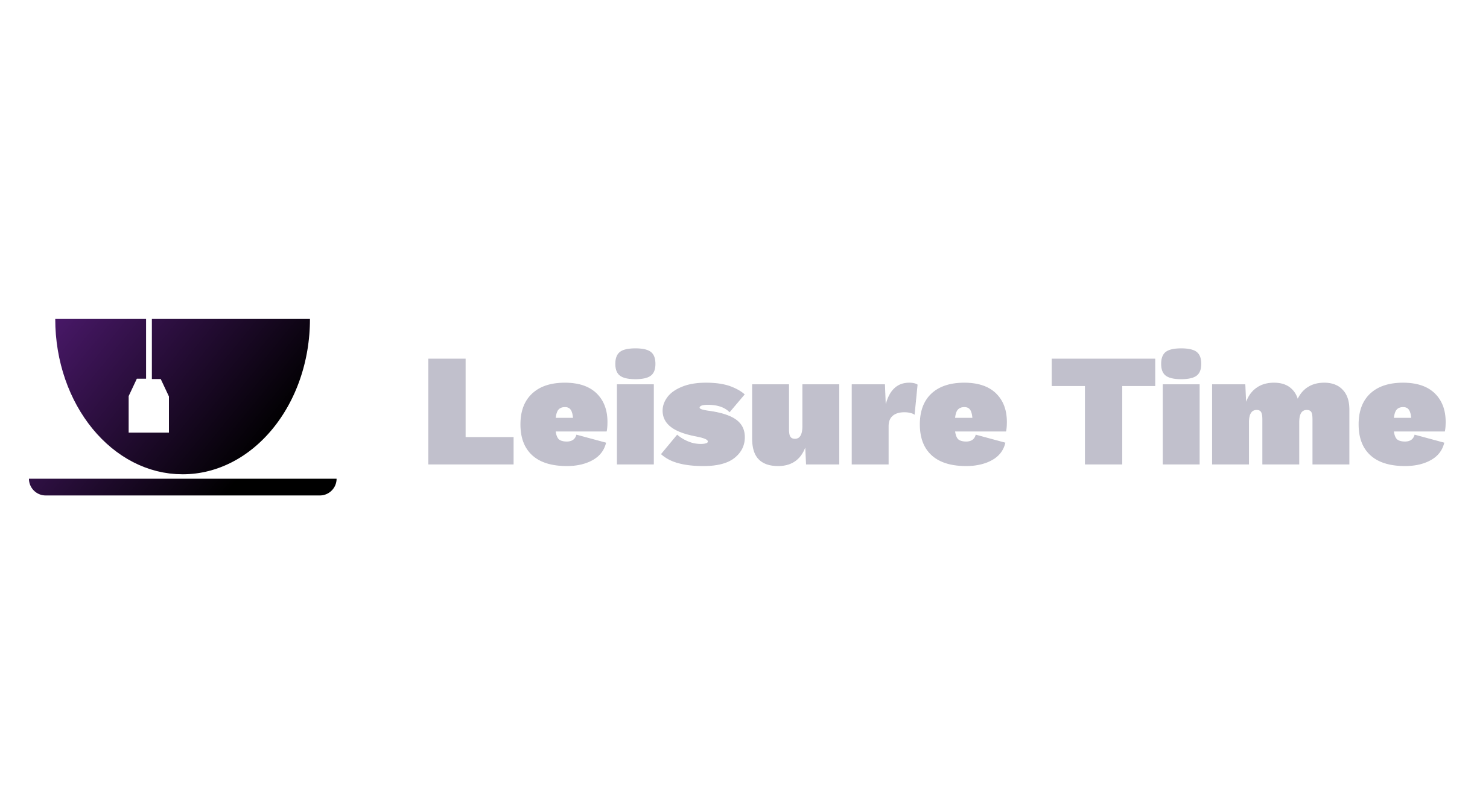Imagine this: you’re driving peacefully, the road stretching endlessly in front of you, music playing softly, and suddenly—something feels off. The engine sputters, your car slows down, and panic begins to rise. It’s the toll road, cars are flying past at high speed, and you’re unsure what to do next.
Take a deep breath. Because in that exact moment, your calmness is your greatest strength. A car breakdown on a toll road is scary, but it doesn’t have to be dangerous. You just need to know the right steps—and follow them with care.
Immediately After the Breakdown: Safety First, Always
The first few seconds matter most. Once you realize your car is failing, turn on your hazard lights immediately. It’s the simplest way to communicate to other drivers that something’s wrong. Those blinking red lights can save lives—yours and others.
Next, pull over safely to the right shoulder or emergency lane. Don’t rush it, but move steadily away from the main traffic. If you can’t reach the shoulder, stop where you are and stay inside the vehicle. Fasten your seatbelt and keep everyone inside calm. Remember, standing beside a toll road is far riskier than staying seated in your car.
And whatever happens, never exit the vehicle on the traffic side. If someone needs to get out—perhaps to place a warning triangle or check on something—do it from the side farthest from traffic. The goal is simple: protect yourself first.
In the quiet that follows, your heart may still race. But trust this—help is closer than you think. Toll roads are designed with safety systems that respond quickly when something goes wrong.
Call for Help: You’re Not Alone on the Road
Once you and your passengers are safe, it’s time to call for help. Reach for your phone and contact toll road assistance or emergency services immediately.
If you’re in Indonesia, call the toll road information center at the national emergency number 112. These numbers connect you directly with trained operators who can dispatch help to your location. You can also use emergency phones installed along the toll road if your mobile phone doesn’t have a signal.
When you speak to the operator, stay calm. Tell them where you are—mention the nearest kilometer marker or any visible sign. Within minutes, a response unit will be on its way. Their job is to make sure you’re safe, your vehicle is handled properly, and traffic flows smoothly again.
And here’s something worth remembering: these toll road assistance services exist so you don’t have to risk your safety trying to fix things yourself. It’s not just about car repair—it’s about your peace of mind. So, instead of waiting in fear, let the professionals do their part.
Additional Safety Measures: Small Actions, Big Protection
While waiting for help, take a few extra steps if it’s safe to do so. Place a warning triangle about 50 meters behind your car to alert other drivers of your stationary vehicle. It’s a small gesture that can prevent big accidents.
If you have one, wear a reflective vest before stepping out. It increases your visibility—especially at night or in bad weather. And keep your phone charged and close; you may need to update your location or receive a call from the assistance team.
More importantly, don’t try to restart the car repeatedly. Doing so can worsen the damage. Just wait. Help will arrive soon.
Sometimes, we underestimate how fast roadside teams can respond. But on toll roads, operators monitor traffic through cameras and patrol units. They’re often aware of a stopped vehicle even before the driver calls. So, relax. Your only job now is to stay calm and patient.
When Help Arrives: Let the Professionals Handle It
When the response team reaches you, follow their instructions carefully. They might inspect your vehicle, arrange towing, or help restart your engine safely. If the problem is minor, they’ll fix it on-site; if not, they’ll tow your car to a nearby service area.
This is why using official toll road assistance services is so important. They’re trained, equipped, and authorized to handle emergencies efficiently—something a random passing driver can’t offer. Besides, most toll road services include these emergency responses for free or at minimal cost.
So next time you set out on a long drive, remember this story. Pack your essentials, save the emergency numbers, and know that if your car ever breaks down on a toll road, you’re never truly alone.
Final Thoughts: Stay Calm, Stay Safe, and Let Help Come to You
Life on the road teaches us one thing—control is an illusion. Sometimes engines fail, tires burst, or the unexpected simply happens. But preparation and presence of mind can turn panic into peace.
So, when your car breaks down on a toll road:
✅ Turn on hazard lights.
✅ Pull over safely.
✅ Stay inside your car.
✅ Call for help—112 in Indonesia.
✅ Wait for the professionals.
And if you ever find yourself in that situation again, remember—you don’t have to face it alone. Help is just one call away.
